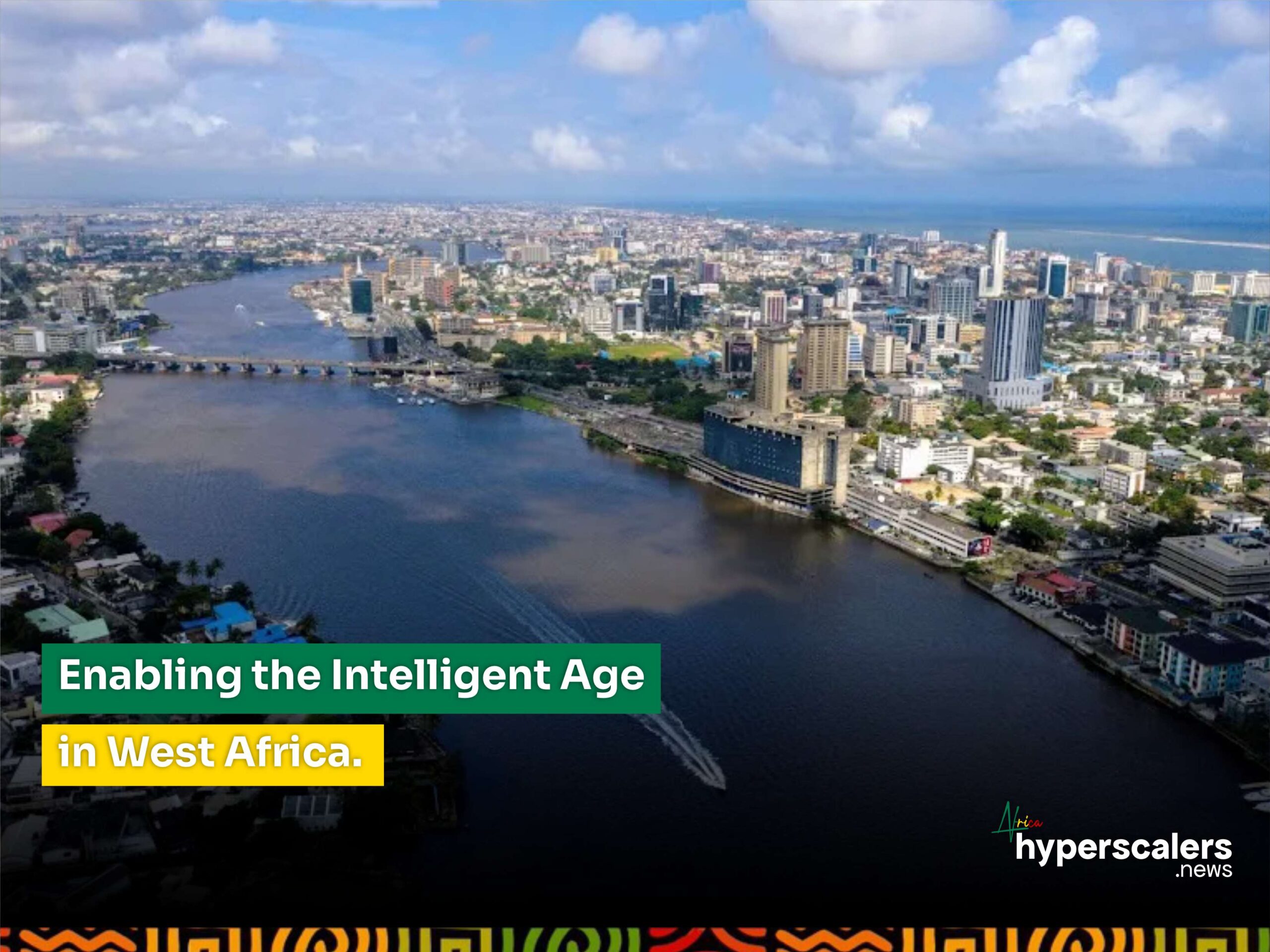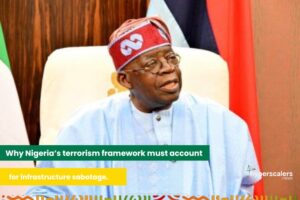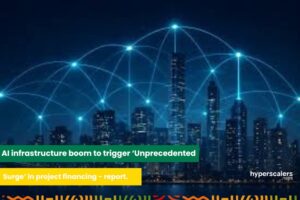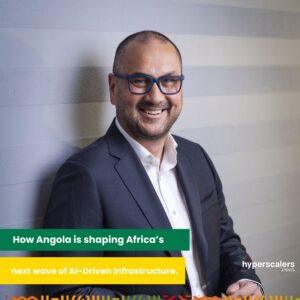By Wole Abu
In March 2024, several of West Africa’s subsea cables were knocked offline by an underwater rockslide. According to the Internet Society, 13 African nations experienced connectivity issues, ranging from degraded services to near-total internet outages.
The cable damage demonstrated how reliant we’ve become on digital connectivity. Countries that lost internet access experienced disruption across nearly every aspect of society, from financial services to telecommunications. It was a stark reminder that the internet is made up of real physical infrastructure, and that when something happens to that infrastructure, the internet may not work as intended.
This idea is similar to one that was presented at the recent 2025 World Economic Forum (WEF) in Davos. The theme of that event was “the Intelligent Age,” which essentially refers to a new era of society defined by digital technology. Subsea cables and data centers help make the Intelligent Age possible, as do the people who build and maintain them.
Digital infrastructure in Nigeria, Ghana, and Cote d’Ivoire has come a long way in a relatively short time, but we still have further to go before we can truly enable the Intelligent Age in the region.
IDC MarketScape Names Equinix a Leader in Datacenter Services
Read this competitive assessment of providers in the space to learn more about Equinix’s platform capabilities and strategy.
The birth of Nigeria’s digital economy can be traced to 2001. That’s when the federal government auctioned GSM licenses, representing the right to operate mobile telephony infrastructure in the country. The mobile network operators (MNOs) who won that auction were responsible for the first mobile towers in the country.
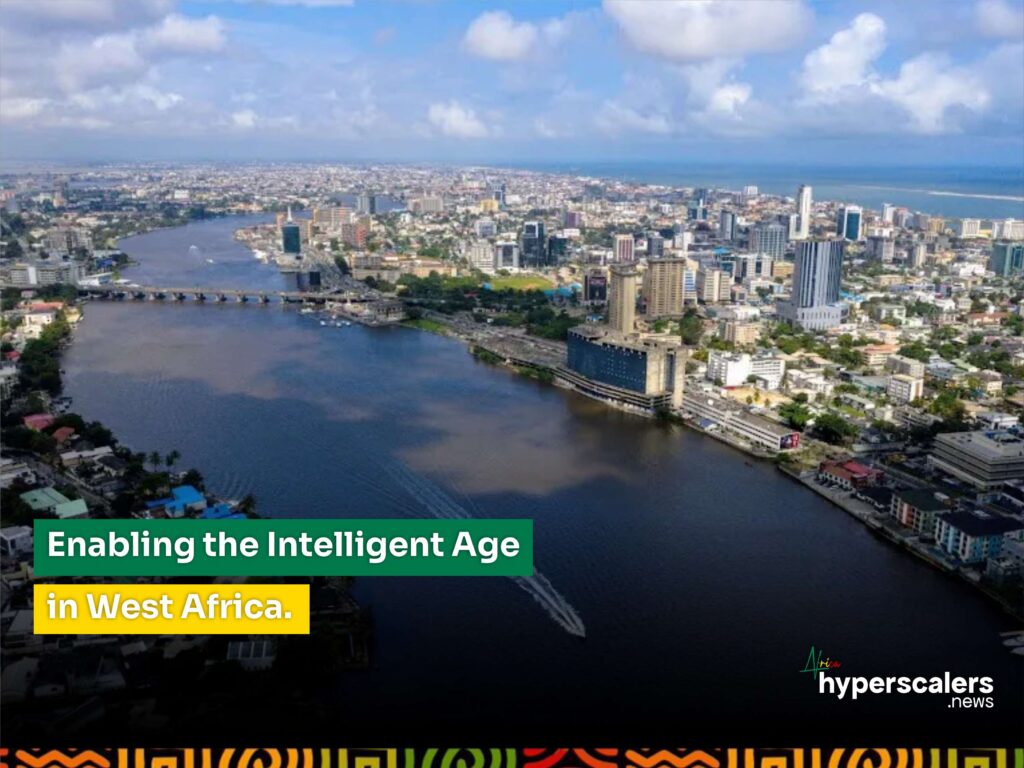
Around 2012, new dedicated tower infrastructure companies (TowerCos) began to spring up. The MNOs sold off their towers to the new TowerCos. This freed the MNOs to focus more on improving the quality of their services, and less on maintaining the physical infrastructure upon which those services are built.
From there, other providers continued to join the regional ecosystem, including terrestrial fiber companies and data center operators. However, these early data centers were really nothing more than simply connectivity centers. True high-performance data centers, which provide a platform for interconnectivity and digital ecosystem growth, didn’t come until later.
Things really started to kick into high gear around 2020, as the region began to attract a wave of outside investment, both from regional companies like Africa Data Centres and global ones like Equinix. We completed our US$320 million acquisition of MainOne in 2022. We saw this as an opportunity to build upon the success that MainOne had already achieved, while integrating West Africa into our global platform. In addition, hyperscalers have invested in new subsea cables landing in the region, including the 2Africa cable system from Meta and the Equiano cable system from Google.
It’s remarkable to look back now at how far the region has come. Nigeria went from zero mobile subscribers to more than 140 million in about two decades. In addition, the country went from landing one very small subsea cable to landing eight cables of varying sizes. Two of these cables—the previously mentioned 2Africa and Equiano—both offer total design capacity of greater than 100 Tbps, a number that would have seemed like science fiction back in the early 2000s.
Looking forward: Challenges on the horizon
In spite of the progress we’ve made in West Africa over the years, we can’t rest on our laurels now. There’s still a lot of work to be done, and it starts with improving resilience to avoid a repeat of last year’s disruptions. Local governments and global bodies like the International Cable Protection Council (ICPC) are working to address the issue. In February 2025, the ICPC hosted its International Submarine Cable Resilience Summit in Abuja. It was the first time this conference was ever hosted outside of Europe.
Treating data centers and subsea cables as critical national infrastructure is no longer just a buzzword. Now, there are actually people on the ground working to make that happen. At Equinix, we’re routing traffic over multiple cables in West Africa on an active/active basis. The next time a cable fails in the region, our goal is to ensure that we’ll know about it, but our customers won’t. This is because their traffic will reroute automatically, before they even notice anything’s wrong.
Closing the middle-mile gap
There’s more to digital infrastructure than just subsea cables. New cable capacity is certainly helpful, but those cables need to land somewhere. There also needs to be terrestrial fiber, commonly called “middle-mile” infrastructure, to transfer bandwidth from the cable landing station to end users. This is one area where West Africa falls short, particularly outside of the major coastal metros like Lagos, Accra and Abidjan.
Nigeria’s National Broadband Plan 2020-2025 set a target of 70% broadband penetration in the country; as of January 2025, this figure sat at only about 45%. Clearly, there’s still a lot of work left to be done. The Federal Ministry of Communications, Innovation & Digital Economy has established a new Broadband Alliance to continue the work of building out a national fiber backbone and middle-mile infrastructure, with the goal of guaranteeing affordable broadband access for all.
To put the scope of the challenge in perspective, the World Bank estimates that Nigeria currently has about 35,000 kilometers of broadband cable, and that it needs to add 95,000 more. Achieving this will require investment and collaboration across many different public and private organizations.
Closing the digital skills gap
In addition to the infrastructure challenge in West Africa, there’s also the talent challenge. We’ll need a robust workforce with access to digital skills training to make the Intelligent Age possible in West Africa.
Once again, the federal government of Nigeria has a plan for this. It’s called the 3 Million Technical Talent (3MTT) program, named for the number of technical fellows that the program aims to train. Fellows who participate in 3MTT receive training in specific technical skills such as AI and machine learning. This training is designed to make them competitive in the technical talent marketplace, both locally and globally.
This is a good first step, but there’s also a fundamental change required within higher education in Nigeria. Digital transformation is happening quickly, and the curriculum isn’t always changing quickly enough to keep up. Universities and other educational institutions can partner with private tech companies to help address this issue via a cooperative education model.
Prior to the acquisition, MainOne ran a management training program in partnership with local universities. Many of our top young leaders came through this program. We look forward to continuing this program under the Equinix banner.
Another challenge we’re facing is that technical skills travel well in the modern global economy. Young people who have these skills often choose to pursue career opportunities elsewhere. There’s nothing inherently wrong with this; in fact, one of the goals of the 3MTT program is to make Nigeria a net exporter of technical talent. However, it means that we’ll need to train even more technical workers to meet the needs of digital economies in West Africa. If we can grow more digital businesses locally, we can create more opportunities and perhaps make staying close to home a more appealing proposition.
How Equinix can help
At Equinix, we’re fully committed to enabling the next stage of digital growth in West Africa. We’re always exploring opportunities to collaborate with government agencies and private partners to help make this happen. We currently operate data centers in Lagos, Accra and Abidjan, as well as the MainOne cable system that connects those three cities to Europe.
Within the next several months, we’ll open Equinix LG3, our third data center in Lagos, as well as Equinix PR1, our first data center in Port Harcourt. The latter will be a landing site for the 2Africa cable system, and it will be the first Nigerian cable landing outside of Lagos. This will help provide much-needed bandwidth in southern Nigeria, the heart of the country’s oil industry. We’ve also announced $140 million in investments over the next two years to expand existing facilities in the region.
Our vendor-neutral platform and robust interconnection capabilities can help industry ecosystems form in West Africa and work together to grow the region’s digital economy.
Wole Abu is Managing Director, Equinix West Africa.


